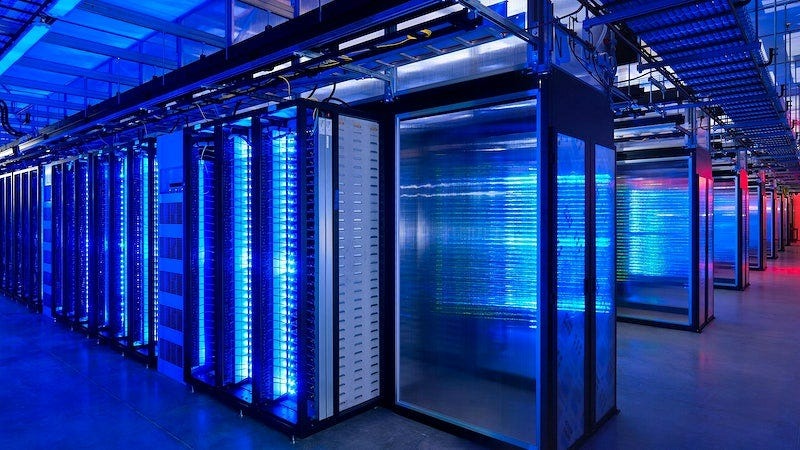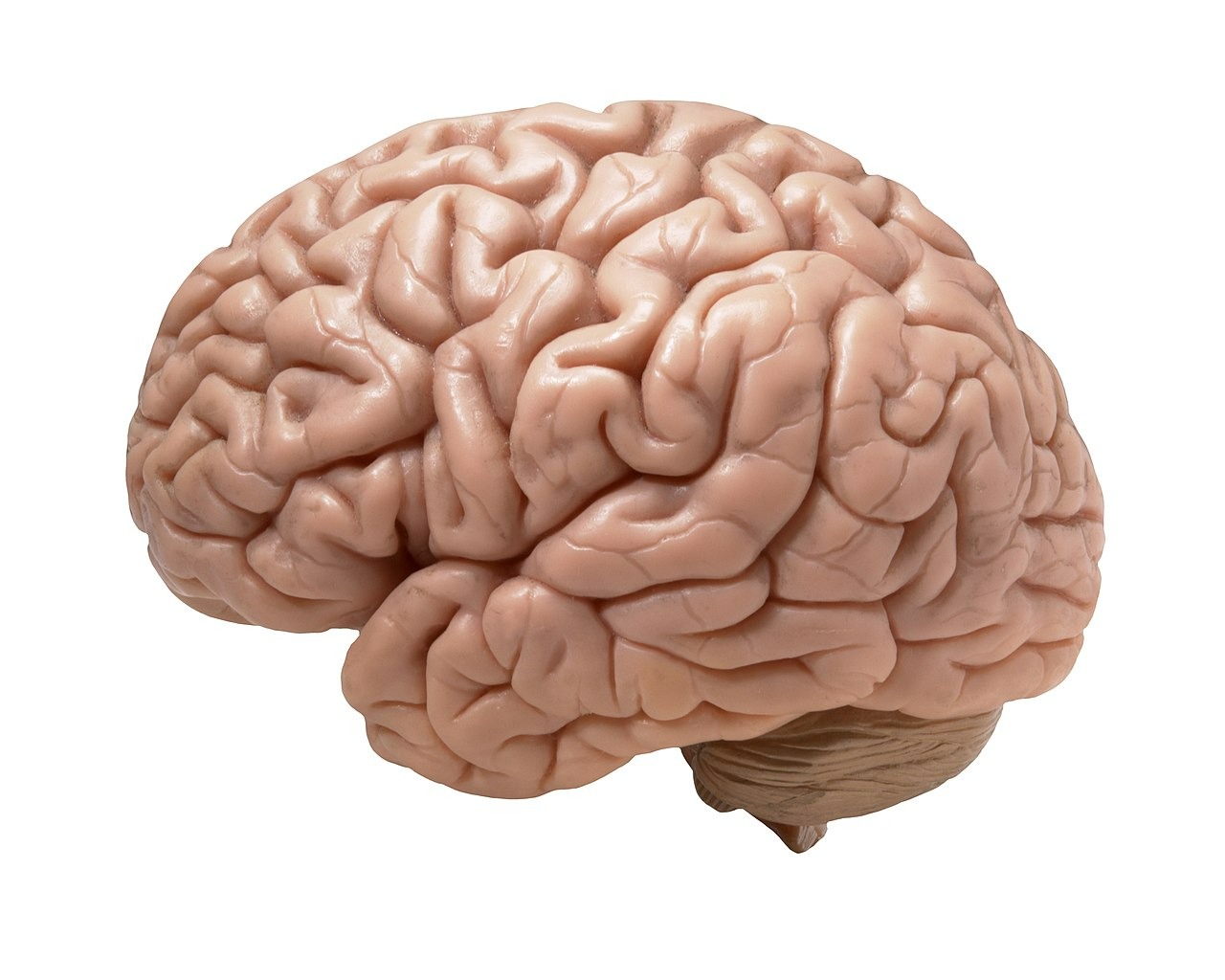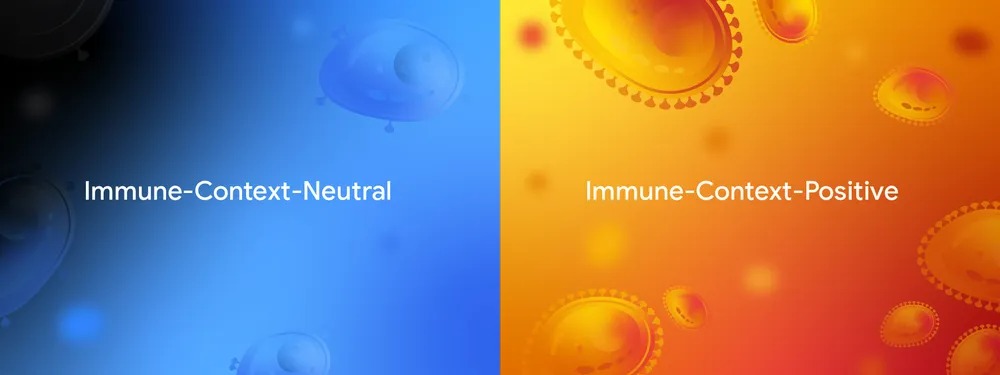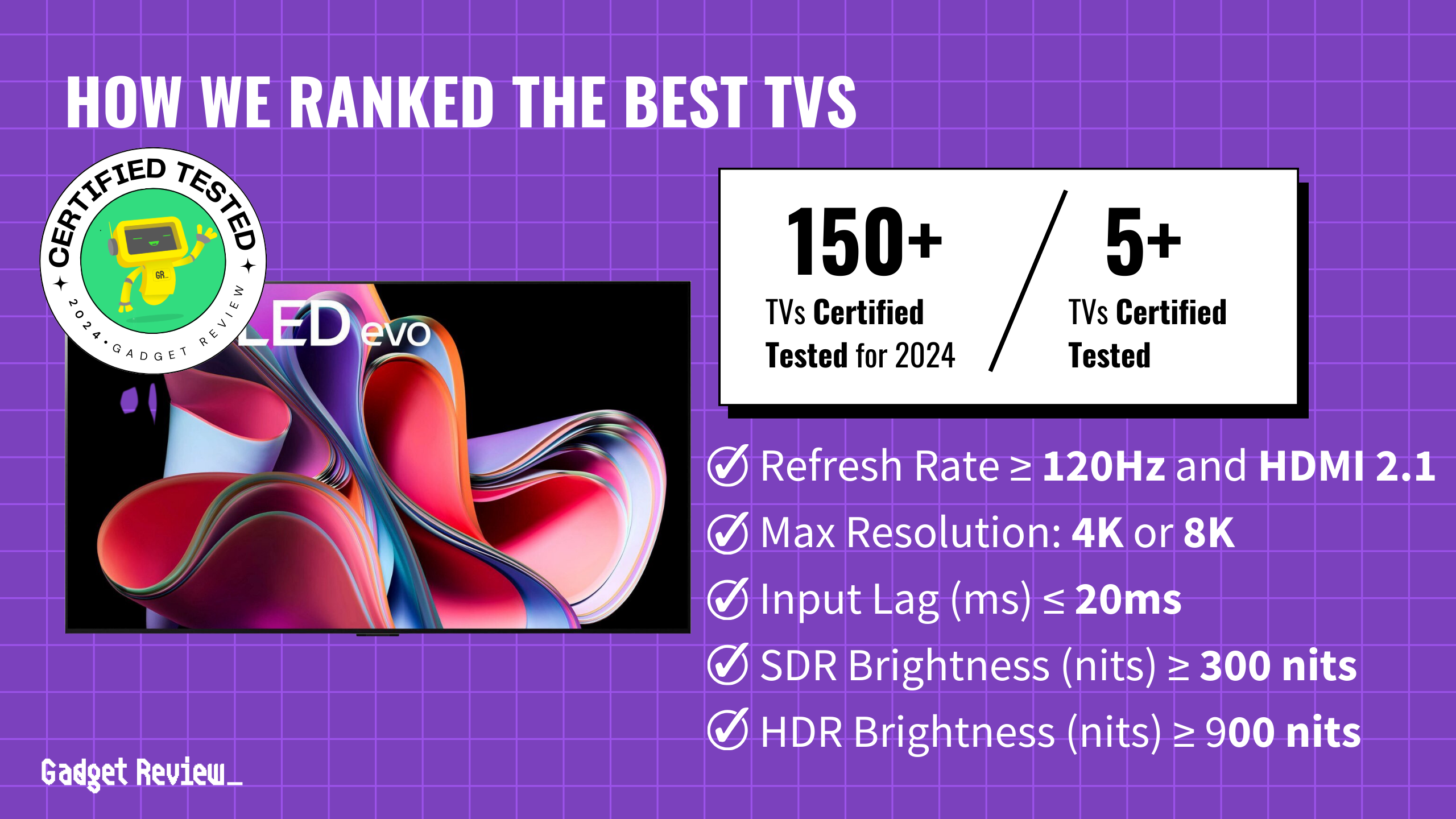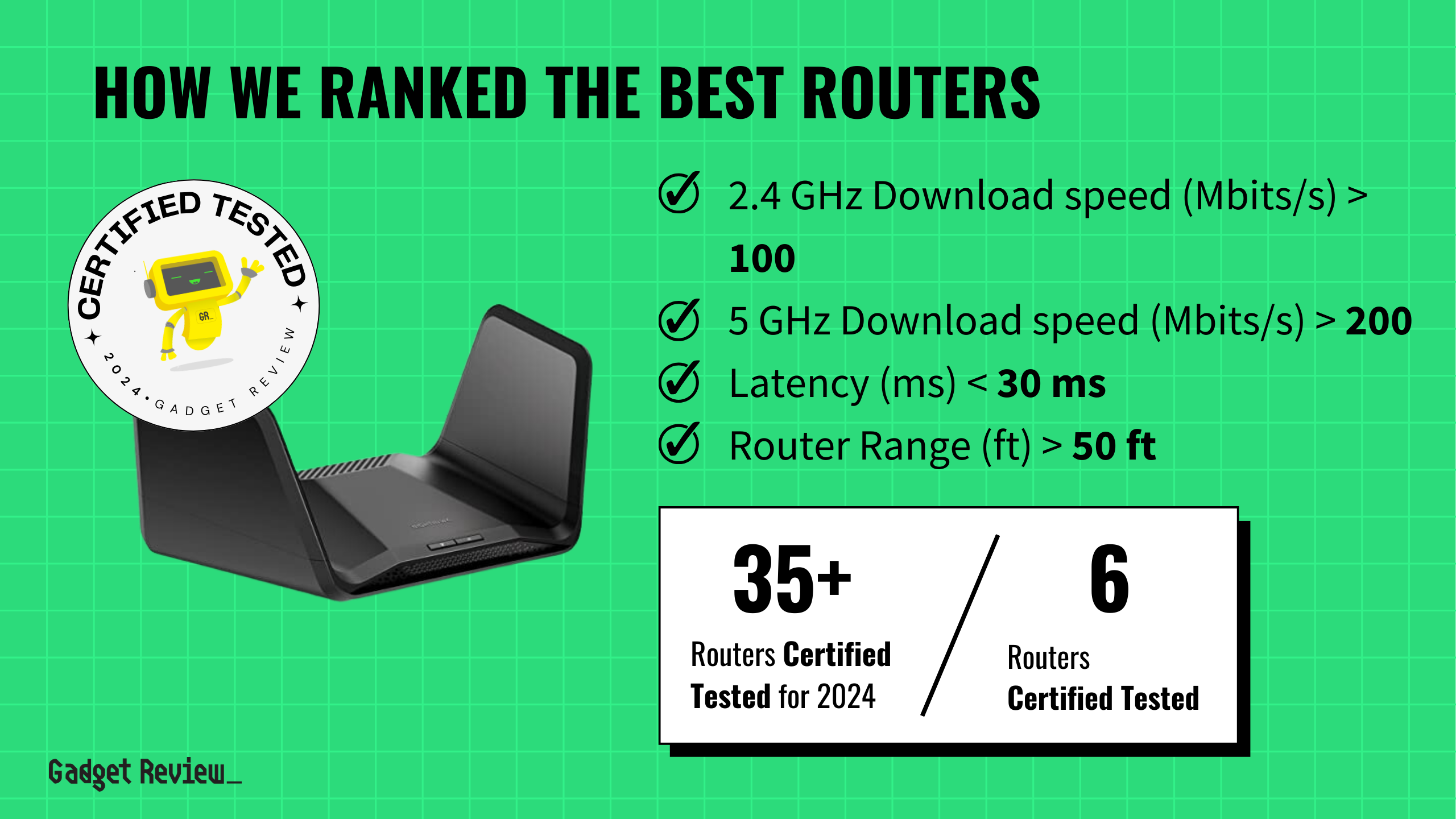Your government thinks your vacation photos are contributing to England’s water crisis. In response to the driest conditions since 1976, officials are now suggesting you delete old emails and digital images as part of the national drought response—alongside more traditional measures like shorter showers and hosepipe bans.
This marks the first time UK authorities have connected personal digital habits to water conservation, highlighting the massive cooling systems that keep cloud data centers operational.
The Reality of Britain’s Water Crisis
The numbers paint a stark picture:
- Five regions are officially in drought
- Six more face prolonged dry weather
- Reservoirs and river flows sit at critically low levels despite recent rainfall
- The National Drought Group calls this a “nationally significant incident” requiring immediate collective action
Traditional water-saving measures have proven effective. Yorkshire Water reported a 10% drop in domestic demand following hosepipe ban enforcement. The familiar advice remains:
- Fix household leaks
- Run dishwashers only when full
- Water gardens during cooler hours
- Ditch the hose for watering cans
But now comes the digital twist that’s raising eyebrows across the tech community.
Digital Decluttering Meets Climate Action
Helen Wakeham, chair of the National Drought Group, argues that “simple, everyday choices – such as turning off a tap or deleting old emails – also really helps the collective effort.” The logic connects your cloud storage to the estimated 560 billion liters of water data centers consume globally each year for cooling systems.
Key facts about the digital-water connection:
- Data centers use massive evaporative cooling systems to manage server heat
- Your photos and emails require constant server maintenance and climate control
- Each generative AI response consumes roughly 45ml of water (about three tablespoons)
- Most UK citizens’ data likely sits in overseas facilities, limiting local impact
- Active data processing uses far more resources than passive storage
Critics aren’t buying the math. Tech experts note that stored data generates minimal heat once saved, while the act of mass deletion might actually spike short-term energy and water consumption. The advice feels more Marie Kondo than actual environmental policy—satisfying but ultimately symbolic.
The AI Contradiction Nobody’s Discussing
Here’s where government messaging gets murky. While urging email deletion for water conservation, the same administration continues pushing aggressive AI adoption across public services. Those ChatGPT-style interactions everyone’s embracing? Each query demands significantly more computational resources than your dormant photo library ever will.
The real drought solution involves £104 billion in infrastructure investment:
- New reservoirs
- Improved pipelines
- Systematic leak repairs
Deleting your 2019 beach photos won’t replace Yorkshire’s missing rainfall, but it might make you feel slightly better about climate action while scrolling TikTok on your lunch break.
Your digital spring cleaning won’t end the drought, but it’s exposed an uncomfortable truth about our connected lifestyle’s hidden environmental costs.


